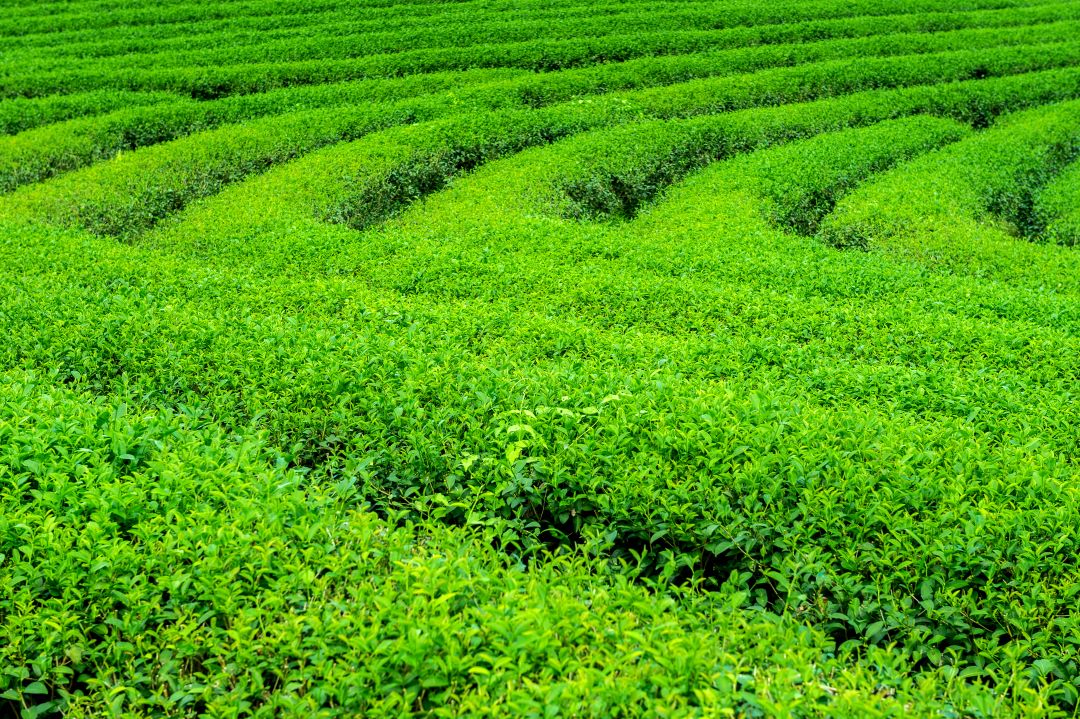Farmers earning as much as Rs 3 lakh per acre by cultivating herbs
F a r m e r s e a r n i n g a s m u c h a s R s 3 l a k h p e r a c r e b y c u l t i v a t i n g h e r b s

NEW DELHI: Here’s a little-known story of Indian farming — a happy one. Led by strong and rapidly growing industry demand, a small group of farmers are earning as much as Rs 3 lakh per acre, a figure that’s put in true perspective when you consider wheat and rice farming doesn’t pay more than Rs30,000 per acre.
Herbs and aromatic plants used for ayurvedic medicines and personal care products – sold by companies like as Dabur, Himalaya, Natural Remedies, Patanjali – are the main ingredient
Farmers in India have discovered a lucrative opportunity by cultivating herbs and aromatic plants. These green thumbs are earning as much as Rs. 3 lakh per acre, a remarkable feat when compared to traditional wheat and rice farming, which yields no more than Rs. 30,000 per acre.
The herbal products market is estimated to be worth a whopping Rs. 50,000 crore, growing at an impressive annual rate of 15%. While the acreage devoted to herbs and aromatic plants is still relatively small (approximately 6.34 lakh hectares out of the total cropped area of 1,058.1 lakh hectares), it is steadily expanding at a rate of 10% annually according to government data.
Here’s where it gets fascinating: returns for these farmers are extraordinary. Let’s take a closer look at some examples:
- Ateesh Herb: Widely used in ayurvedic medicine, farmers growing ateesh herb in the higher reaches of Uttarakhand and Himachal Pradesh can easily earn Rs. 2.5-3 lakh per acre.
- Lavender Farming: Lavender farmers may reap returns of Rs. 1.2-1.5 lakh per acre. Lavender flowers are harvested and processed to obtain oil, dry flowers, and other value-added products.
- Multi-Herb Portfolio: Farmers like Vidya Karan in Himachal Pradesh cultivate a variety of herbs:
- Ateesh: Rs. 2.5-3 lakh per acre
- Rattan Jot: Rs. 1.15 lakh per acre
- Karu: Rs. 1.5-2 lakh per acre
These crops offer additional advantages: they require less water and fewer fertilizers, making them suitable for areas with limited rainfall. For instance, Bharat Bhushan from Khellani village in Jammu and Kashmir switched from maize to lavender, witnessing a fourfold increase in returns.
So, while the urban consumer might not recognize names like ateesh, kuth, kutki, karanja, kapikachhu, and shankhapushpi, these herbs represent life-changing income opportunities for these enterprising farmers. It’s a heartening tale of success in Indian agriculture.

Katerina Monroe
@katerinam • More Posts by Katerina
Congratulations on the award, it's well deserved! You guys definitely know what you're doing. Looking forward to my next visit to the winery!










